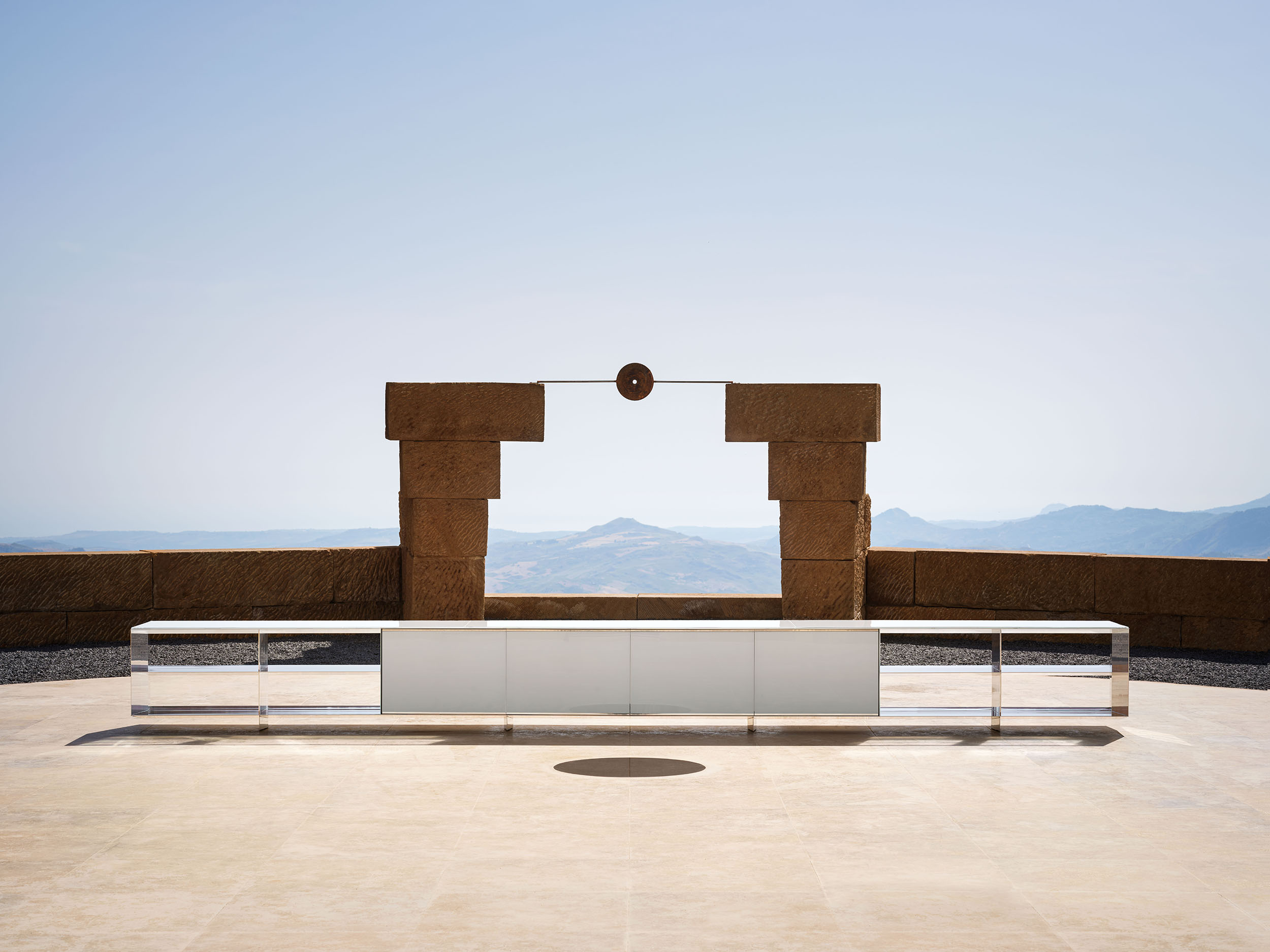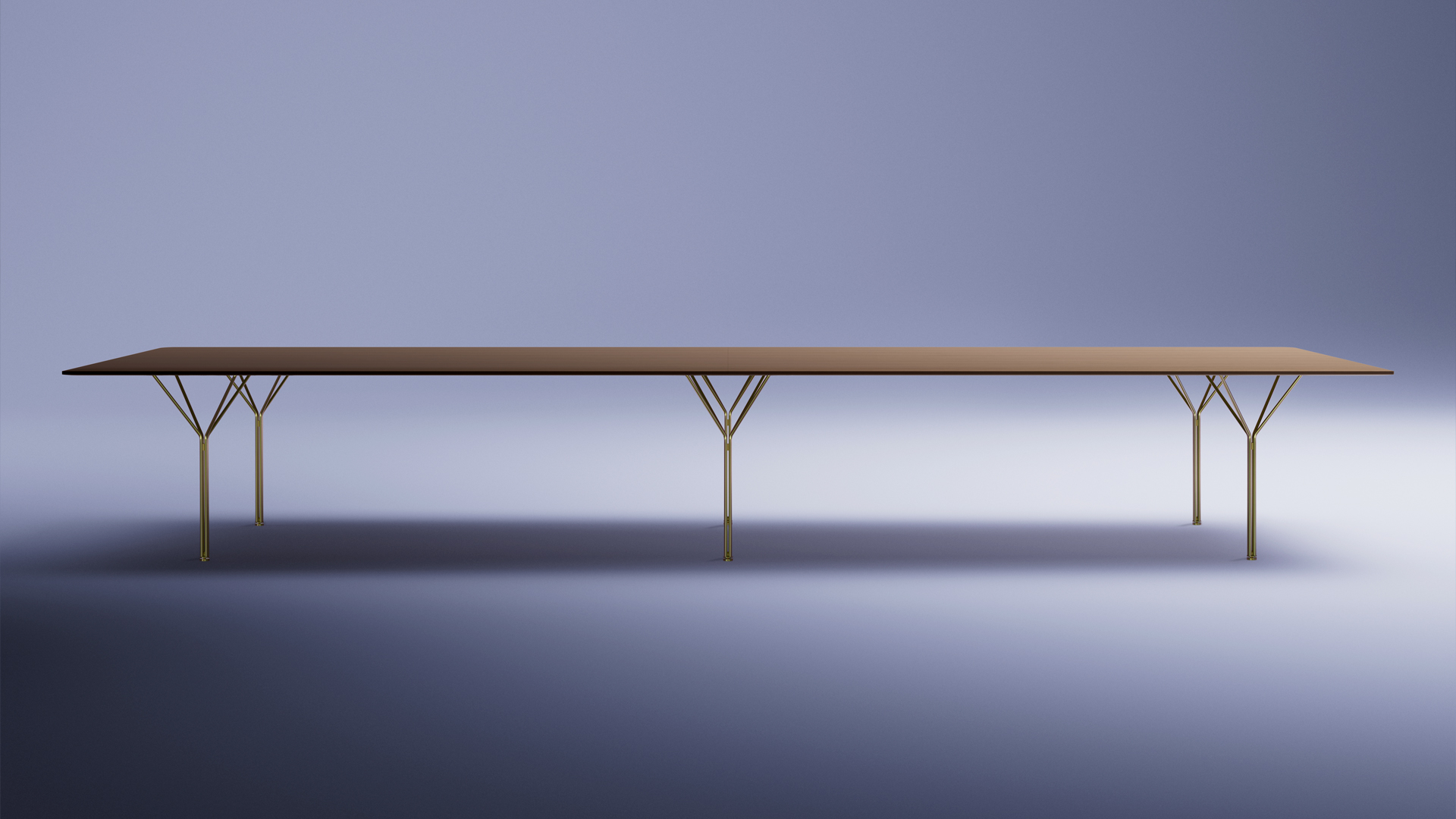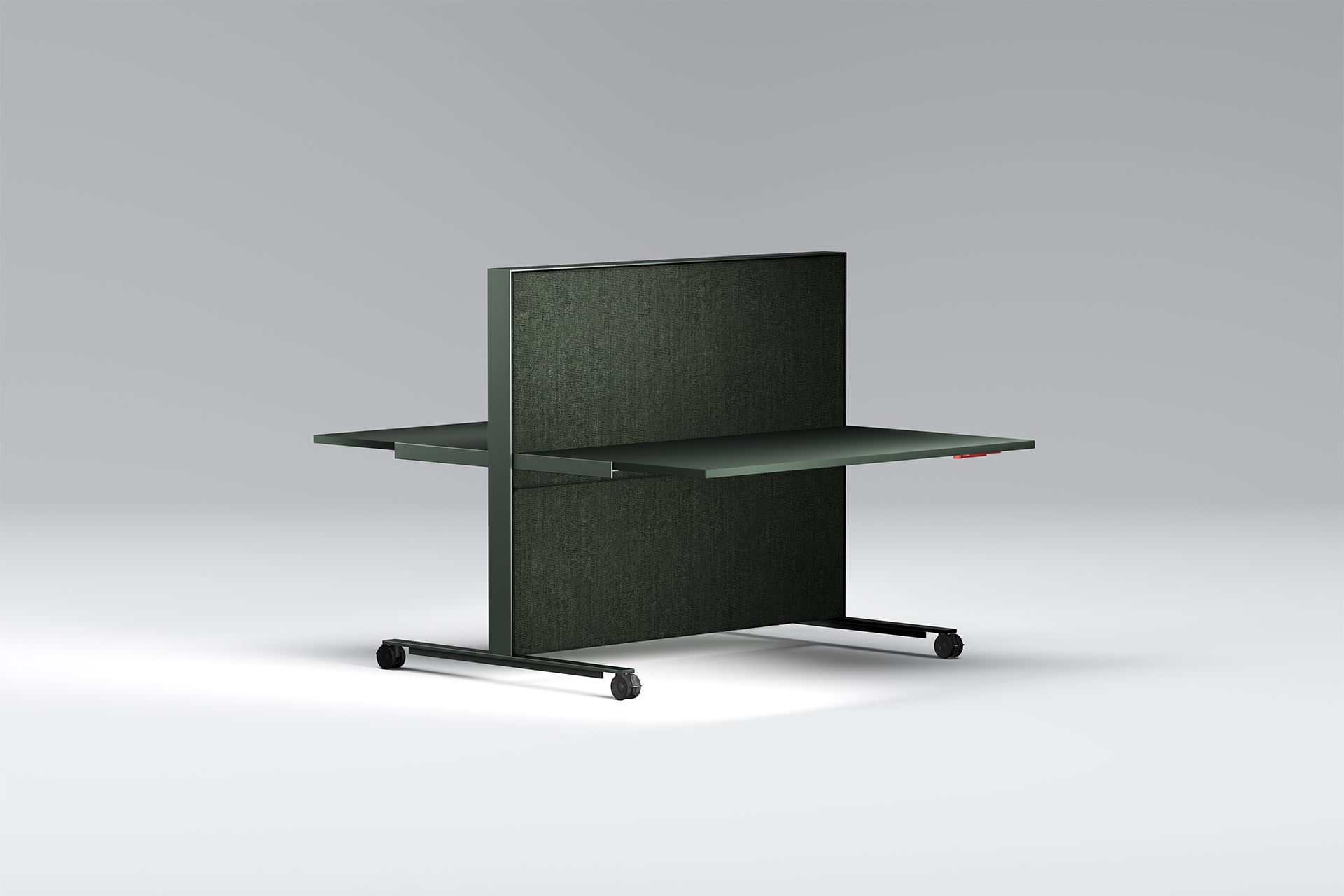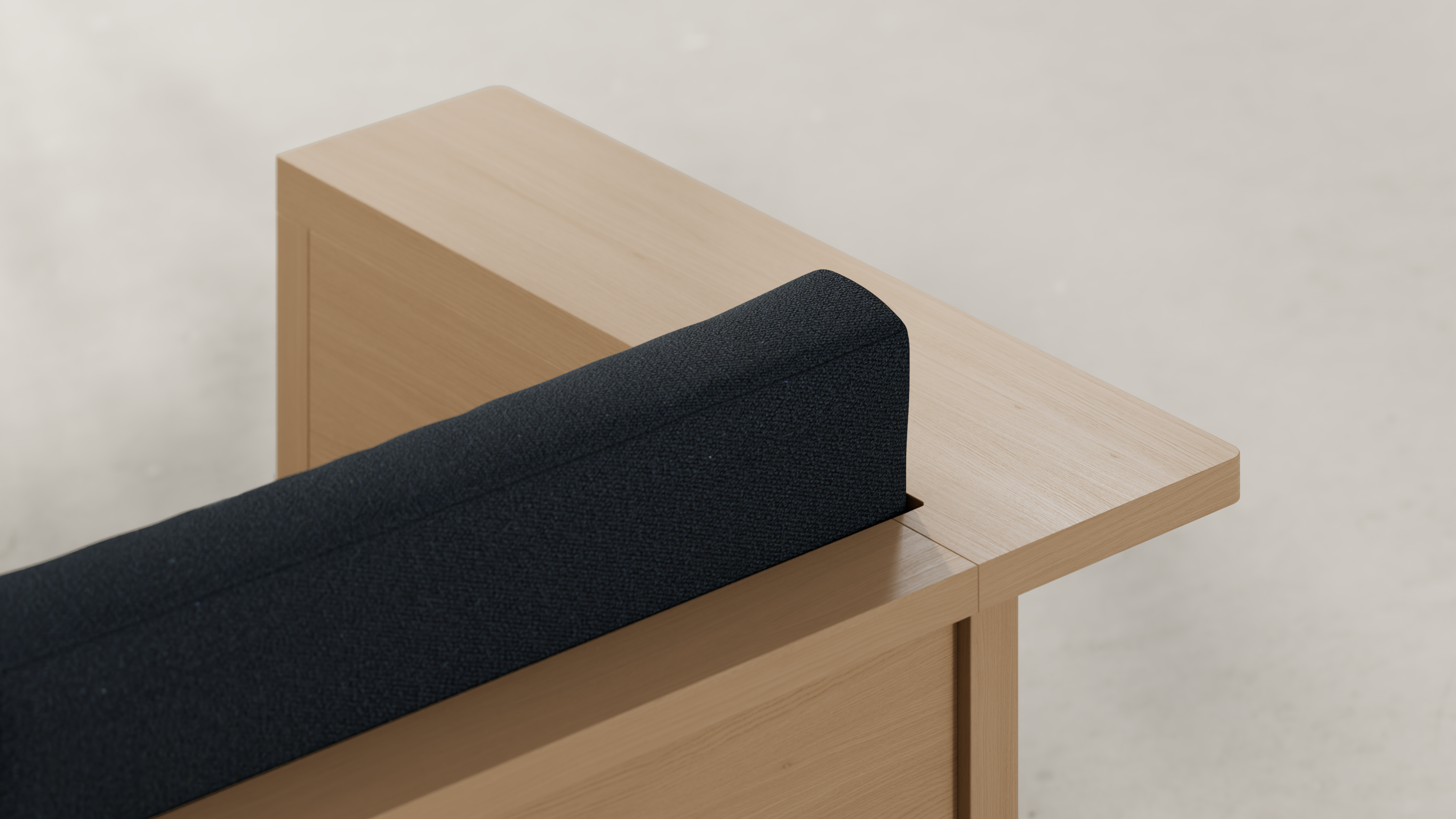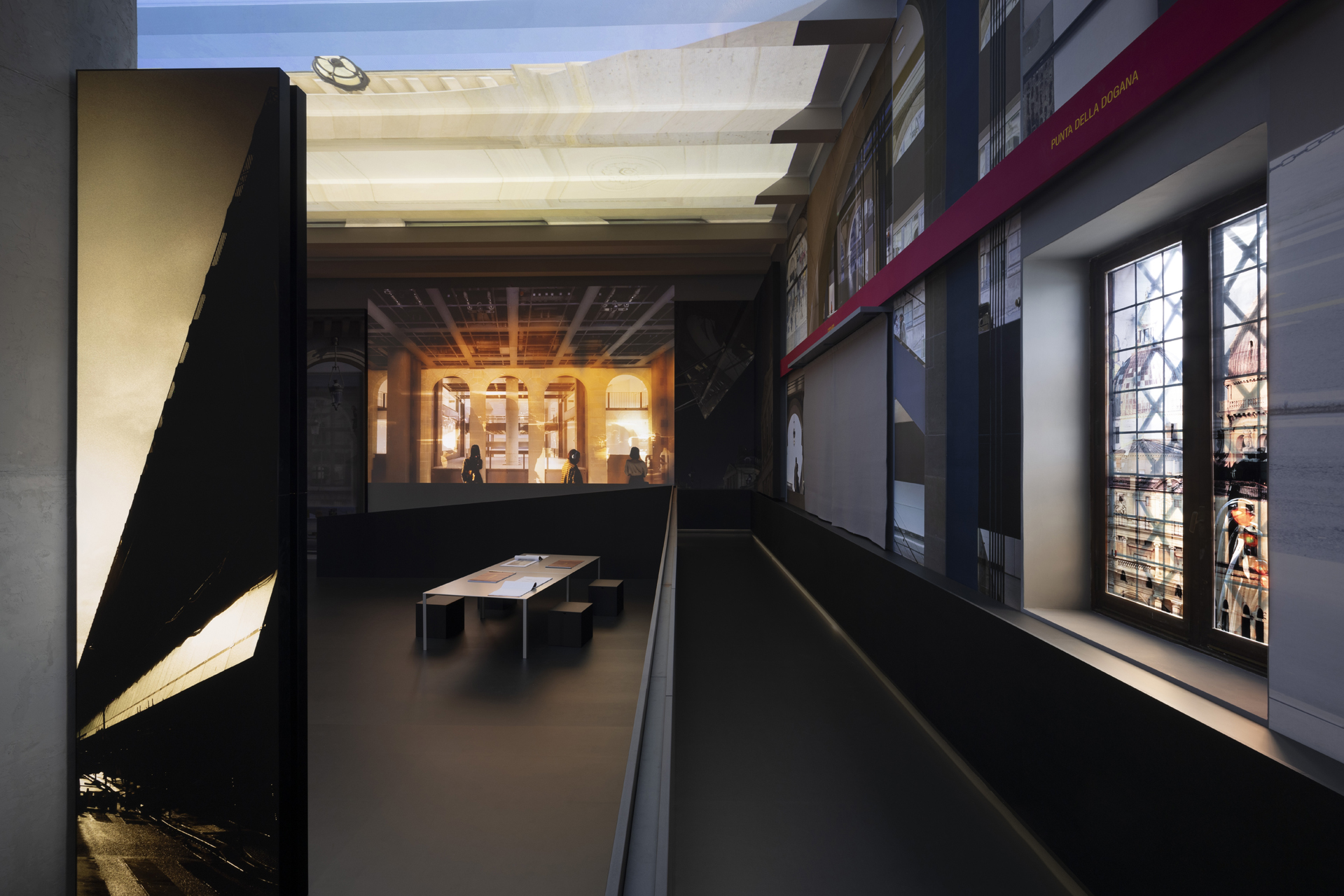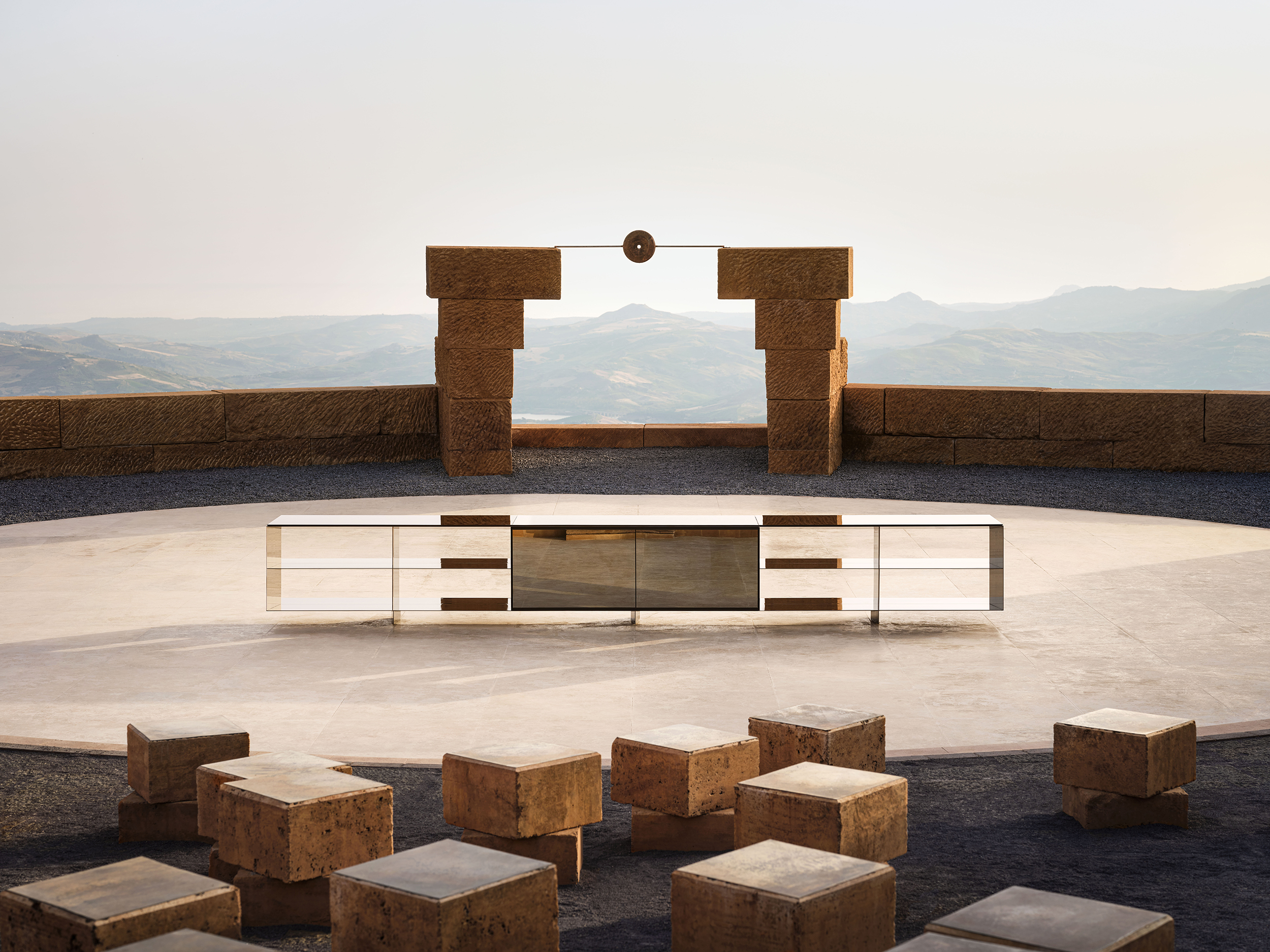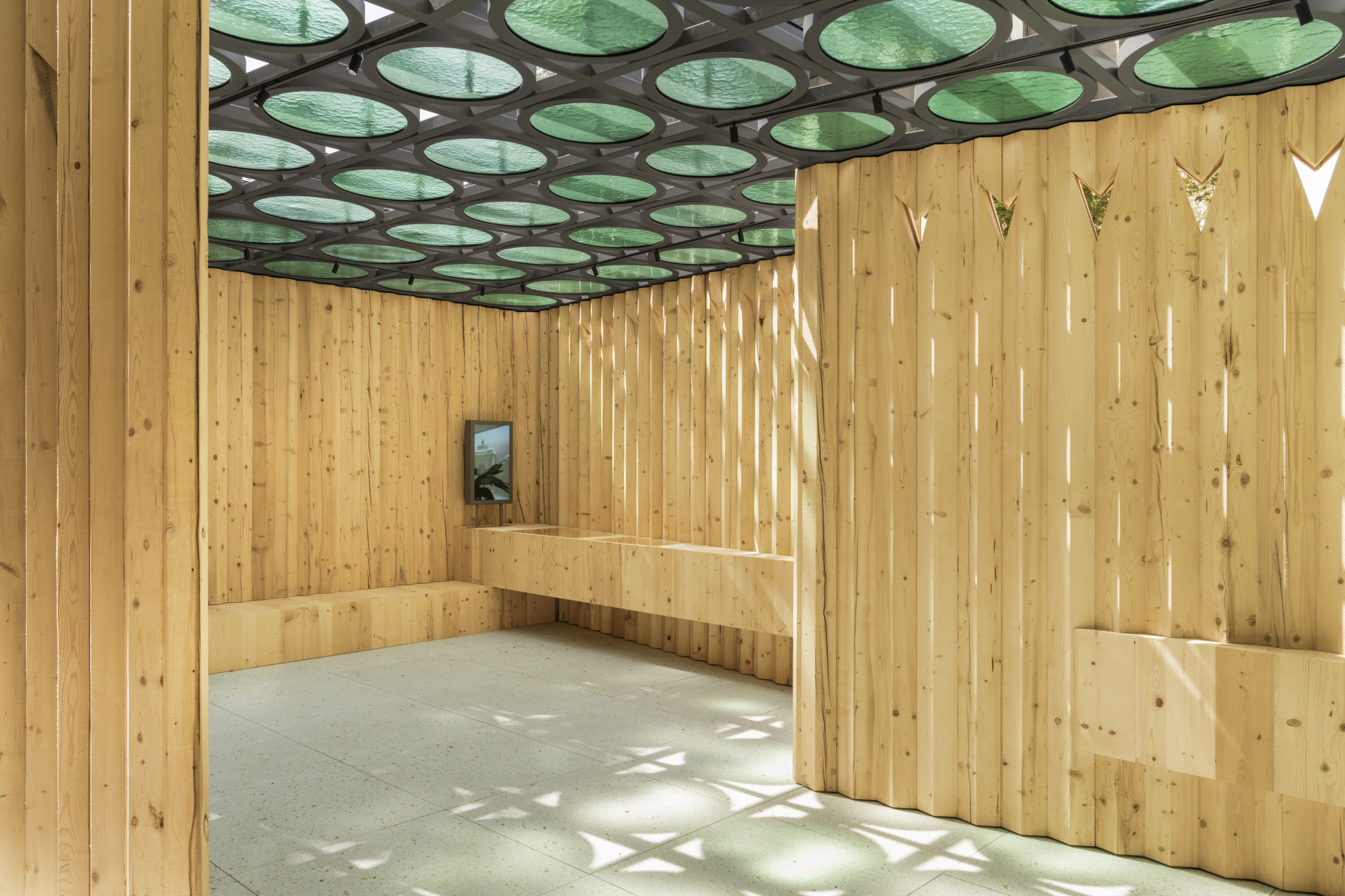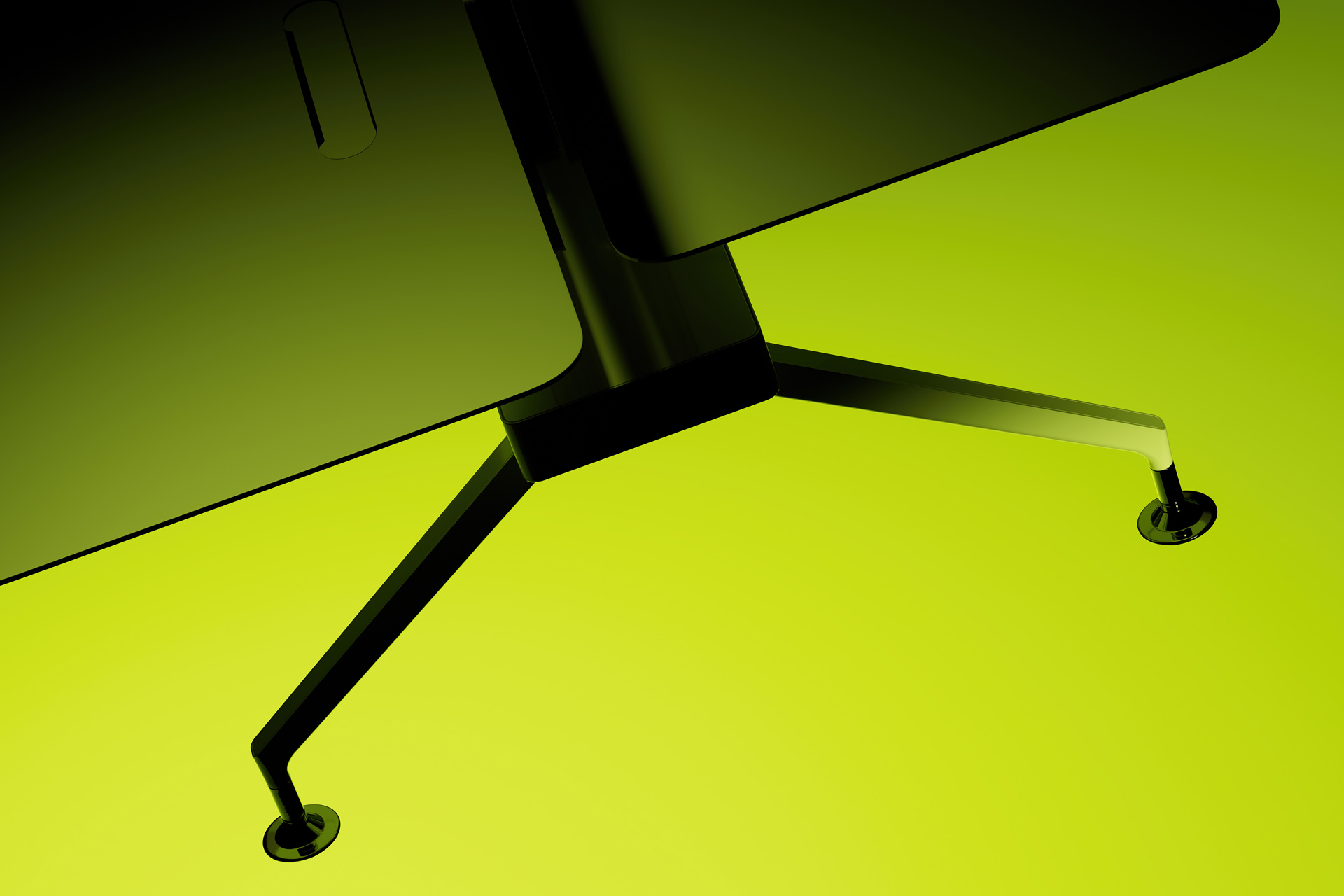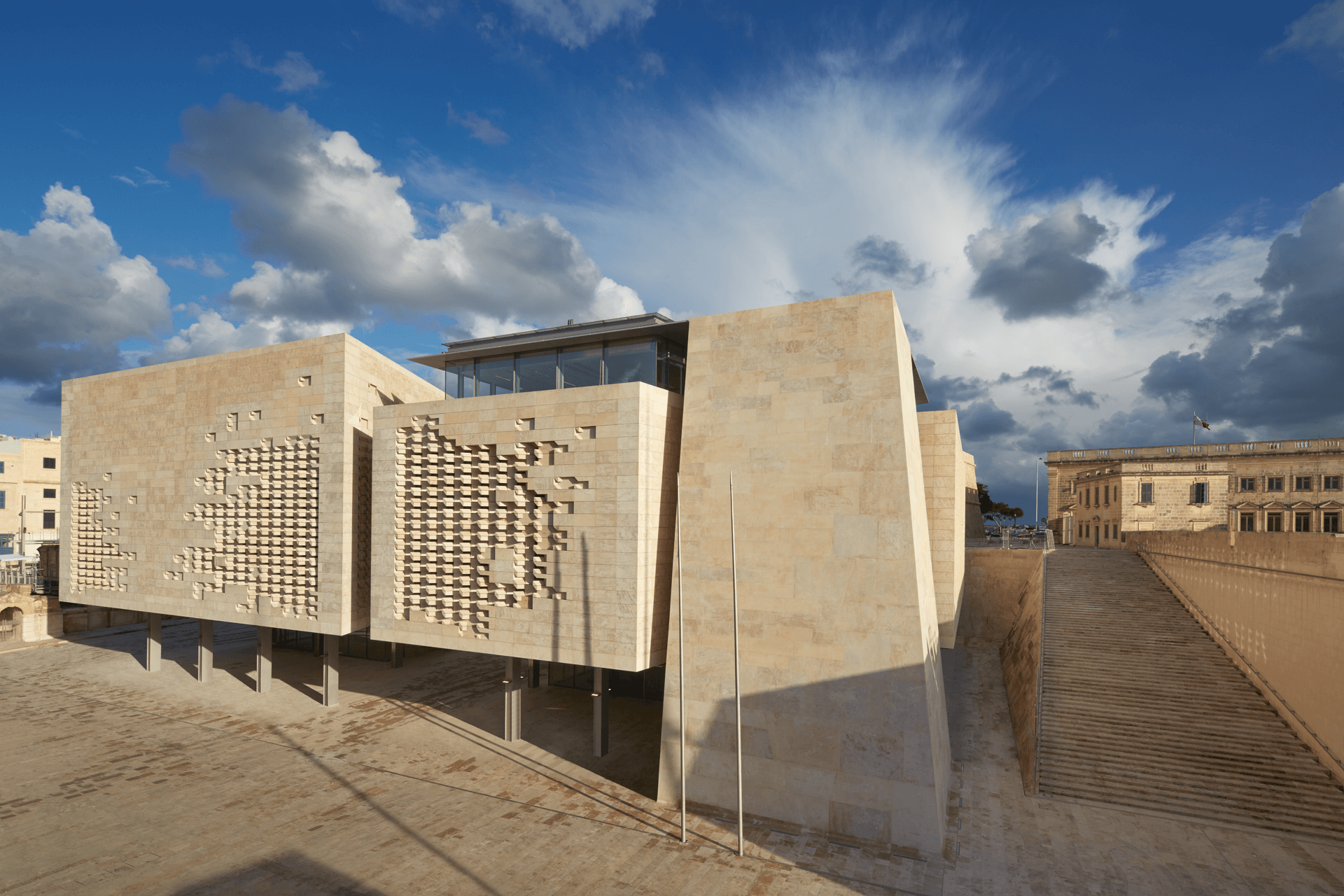
UniFor adheres to the Italian Environmental Footprint Program
when
Apr - 15
where
Milan
Having always been committed to sustainable development, UniFor has recently participated in the Italian Environmental Footprint Program with the study “Calculation of the Carbon Footprint of the UniFor AP and RP Interior Partition Systems”, co-funded by the Ministry of the Environment and for the Protection of Land and Sea.
Carbon footprint is an environmental indicator which measures the environmental impact of human activities on the global climate by calculating the effects of greenhouse gases generated by a product, an organization, an event or a person.
Carbon footprint calculation takes into account all of the climate-changing gases identified by the Kyoto Protocol: carbon dioxide (CO2), methane (CH4), nitrous oxide (N2O), fluorocarbons (HFCs), perfluorocarbons (PFCs) and sulfur hexafluoride (SF6).
UniFor's analysis of the Parete AP and Parete RP partition wall systems is based on the LCA or Life Cycle Assessment method, which permits the assessment of environmental sustainability throughout the life cycle of a product, from raw material extraction to final disposal - “from cradle to grave” -, identifying the actions useful for reducing its impact on climate change.
Hatch.Michele De Lucchi
Hatch patterns are used in CAD programs to differentiate between areas or to create shades and shadows. One of the things that distinguishes a skilled draftsperson is his or her ability to use hatching effectively.
In the old days, hatching was done by hand, line by line by line. Good hatching required great patience and accuracy (and to tell the truth, I became very good at it). Over the years, a tool appeared for making parallel lines, the “tratteggigrafo”, a type of section liner that was first introduced to me by the master architect Adolfo Natalini. The arm and ruler advanced by increments when you pushed a button on the device with your left hand, permitting your right hand to rapidly make a series of evenly spaced diagonal lines. We were impressed by the speed and “machine” precision of the tool. However, many people refused to use it, claiming that the resulting patterns lacked the personality and human touch of hatching made in the old-fashioned way.
Hatching is used to draw walls, shadows and contours, and to distinguish between various materials and finishes without actually simulating their appearance. Hatching never represents the reality of materials, it only helps distinguish between them, making it clear that a certain piece is one thing, and another piece is another thing
Hatch by UniFor is a wall that does everything a wall should do. It separates and divides, and like good hatching, it is transparent, so that you can see what it is behind it, just as you can see the paper behind hatching.
In the wall version, Hatch is the door that supports the wall. A wall makes sense if you can go to the other side of it. In the office version, Hatch acts as a desk and a sofa. In the old days, desks had chairs in front of them for visitors, and the owner of the desk might sit behind the desk and make pronouncements. Today it is more polite and convivial to sit on a sofa and converse. With Hatch, there is a sofa in front of the desk.
Michele De Lucchi
50 Years of Design
Palazzo of Brera
Via Brera 28 - Milano
installation by Ron Gilad
8 - 14 April 2019
Monday - Saturday 10am - 9pm
Sunday 10am - 7pm
Visit UniFor50.com
For the occasion, during the Milan Design Week, UniFor presents a prestigious multimedia installation curated by Ron Gilad at Palazzo of Brera, home of important institutions such as the Academy of Fine Arts and the Pinacoteca di Brera. In the Cortile d'Onore, in the Sala Napoleonica and in the Sala della Passione, for the first time, Ron Gilad links UniFor’s industrial culture with the educational values of one of Italy’s oldest schools, the Accademia di Belle Arti di Brera, and with the masterpieces of art history conserved in the Pinacoteca di Brera. An extension of the installation will take place in the historical Showroom of the Company, in Corso Matteotti 14 in Milan, presenting highlights from the past and the present of UniFor.
For its first 50 years UniFor is retracting five key decades in the history of Italian design and telling and telling the story of its own historic journey in a new book edited by Fulvio Irace, with graphics by Pierluigi Cerri, and published by Skira.
50 years of an Italian success story: the life of a company, UniFor, that has propelled Italian design to international prominence. Projects, products, architects, and designers in a book that reconstructs the backstage and originality of a production method and system centered on the spaces that foster community.
The story begins in the 1970s in Turate, in the province of Como, when Angelo Mangiarotti designed the first headquarters and plant, to be gradually enlarged as the business grew. The model factory was based on a system of vertical integration that permitted obsessive attention to quality control, while the classic simplicity of the campus became a living manifesto of the company’s spirit of enterprise.
It was no coincidence that Angelo Mangiarotti also designed one of UniFor’s first successful furniture series, the 4D, alongside another bestseller and longseller, the Modulo 3 by Bob Noorda and Franco Mirenzi. These were joined over the years by more extraordinary and iconic products: Naòs System by Studio Cerri & Associati, Less by Jean Nouvel, Element Office Collection by Foster+Partners, MDL System by Michele de Lucchi, Parete AP by Andrée Putman, Moodway by Fernando Urquijo, Flipper FortyFive by Pagani and Perversi, Régua by Álvaro Siza, the Parigi chair by Aldo Rossi, and many others.


